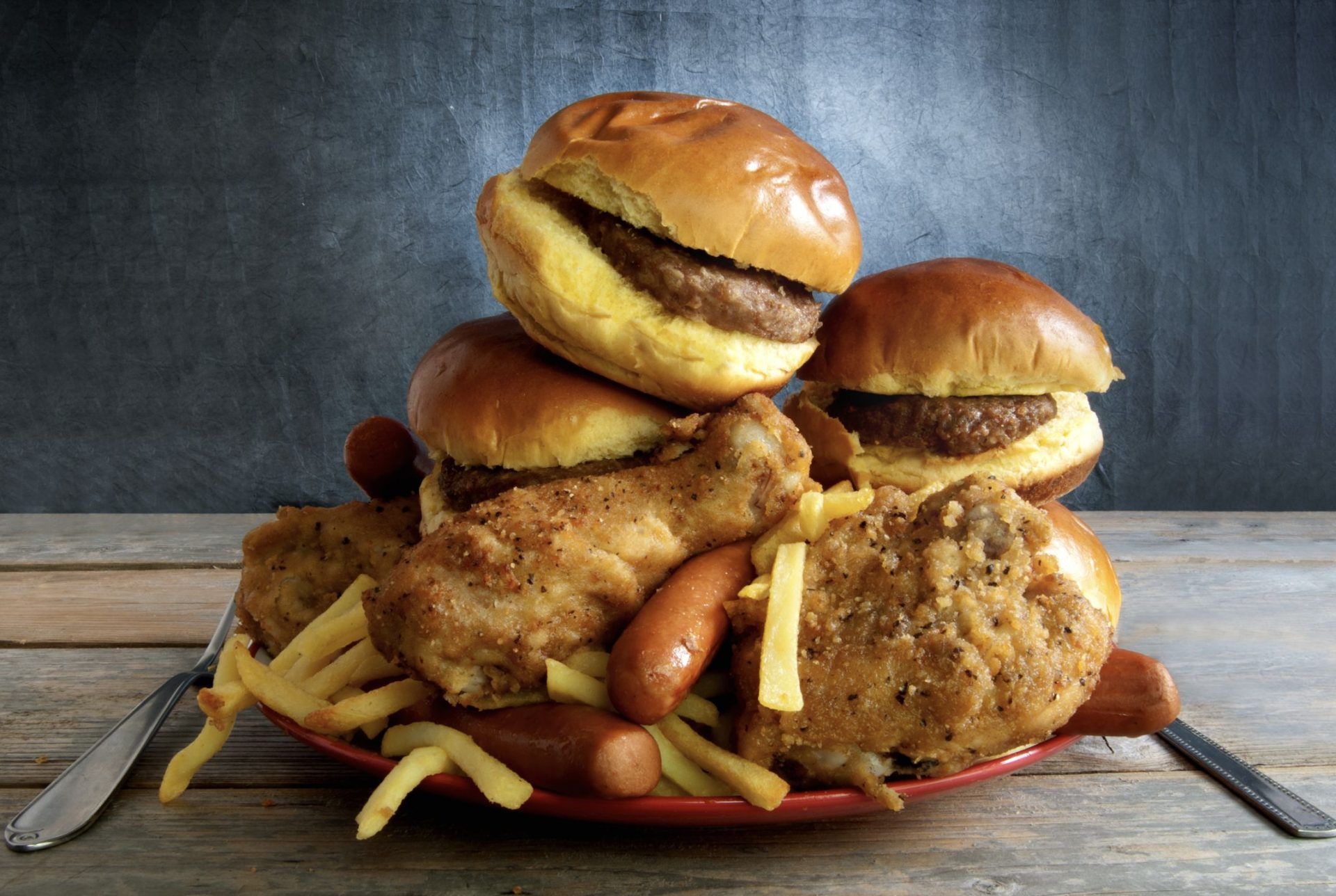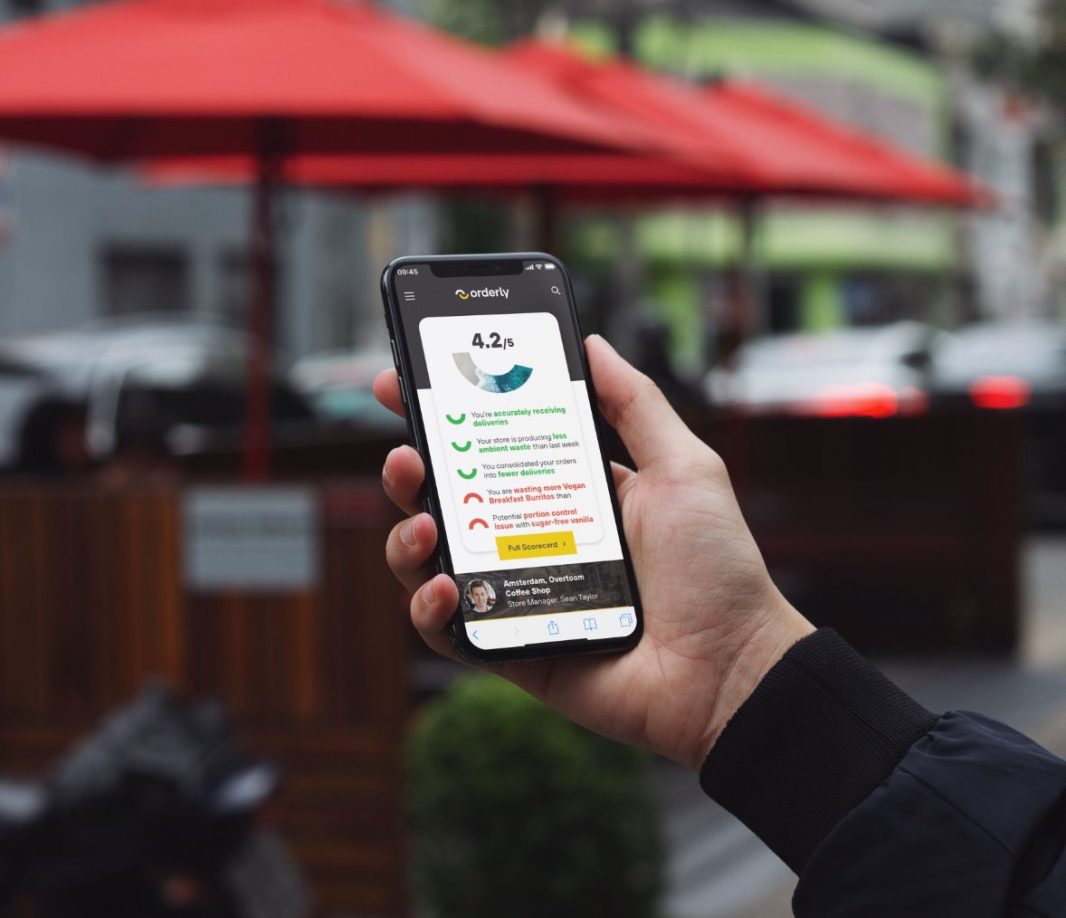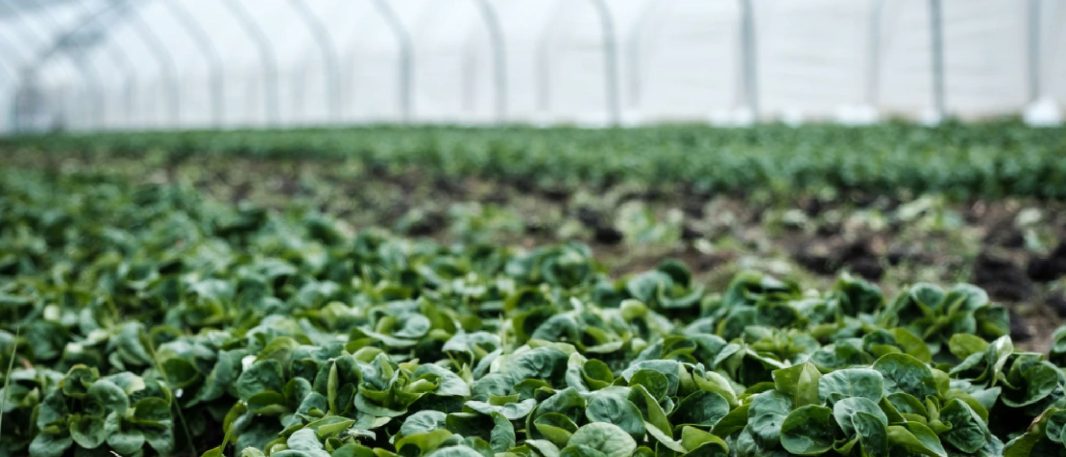There is a delicate balancing act that restaurants and food businesses must perform to keep customers happy while minimising waste. Get the portion sizes wrong, and you risk upsetting customers who feel like they’re not getting enough food. Serve up too much, and you’ll be left with mountains of uneaten food that will go to waste. So how can you make sure that your portions are just right?
Portion control is an essential cost-saving strategy, and if we can reduce the amount of food people acquire but do not eat, the pout-of-home consumption – currently responsible for the second largest amount of food waste at the consumption level and thereby is a large contributor to food costs for restaurants could be drastically cut.
But what are the considerations?
Food is an emotive subject – especially now at a time of great food insecurity given global unrest, and surveys into customer portions show that satisfaction levels are indeed directly linked to portion size.
A study by the Food and Agriculture Organization of the United Nations found that 58% of respondents said they were unhappy with their last purchase because the portion size was too small. So, it’s clear that getting portion sizes right is essential for customer satisfaction.
Yet in a true example of cognitive dissonance, many people are concerned around weight gain. According to a 2022 poll in America, 66% of respondents said they were trying to lose weight.
But portion sizes have increased over the past decades – by as much as 50% according to some reports, and this is having a direct impact on levels of obesity. In fact, according to the World Health Organization, globally we are eating 500 calories more per day than we were in the 1970s.
So how can businesses reconcile these two apparently contradictory desires and keep customer satisfaction? How can money be saved on waste, yet the cost not be felt too keenly by the consumer?
After all, sustainability is at the centre of public discussion – yet many people aren’t ready for this to hit them in the pocket – or their packets.
For anyone in the food and beverage space looking to adjust portions, whether you sell D2C, as a QSR or as a restaurant or retailer, there will be some areas to consider.
First – the consumer should see the change as a positive, or not see it at all. Studies have shown that when portions are cut, satisfaction doesn’t always drop with it. In one experiment, when the size of a chocolate dessert was halved, participants not only ate less but also reported feeling just as satisfied as when they ate the larger portion. (Source: Wansink, Brian. Mindless Eating: Why We Eat More Than We Think. New York: Random House, 2006). This suggests that if you’re looking to make portions smaller, it’s not just a case of halving everything on the plate – you need to think about how this will impact the overall dish.
Perhaps with a smaller portion comes more / better quality locally sourced ingredients, or extras. Perhaps some other items have seen a price decrease. You have a chance to reframe this as a quality over quantity message.
The results of a field study by Diliberti et al. showed that adjusting portion size “significantly affected how much food was consumed, while a satisfaction survey showed no difference in the ratings of the appropriateness of the two different portions with higher and lower portion sizes. [18]”
Secondly, it’s important to be consistent in your new sizing. Customers will quickly become frustrated if you seem to be constantly changing. One brand that changed their portion sizes regularly found that it resulted in a 15% drop in customer satisfaction. (Source: “The Impact of Portion Size on Consumer Satisfaction,” Food and Beverage Management, 2003).
Consider new methods of serving
One incredible study has implied that one of the best approaches to reduce or eliminate large servings may be to allow consumers to serve themselves their preferred amount of food in relatively small units.
While you might think ‘buffet mentality’ would set it, a study showed that “self-serving has a dual influence: (a) it lessens the amount of food served and consumed, and (b) it diminishes the amount of food wasted since consumers consume a large share of food they served themselves. This result is also financially attractive, as consumers acquire less food and minimize waste.”
In another study, giving participants one additional vegetable to choose from increased the total as well as the relative energy provided by vegetables. In contrast, the relative energy derived from non-vegetables (e.g., pasta and chicken) significantly decreased. Furthermore, consuming a low-energy-dense broth-based soup as a first course has also been found to reduce overall meal intake [23].
Whether you are adding extras to reduce waste on the mains, or changing how you serve, some small changes could really add up. While this might bring up some trial and error (balancing presenting a ‘unit’ of food without increasing packaging waste, for example) it could be an interesting trial to run.
Keep a close eye on, or change how you calculate portion size
When experimenting with portion size and controls, you need systems that can track everything from the footfall to your business, and comparable businesses, along with food waste reductions. It is imperative that you can use the right tools, like Orderly, which offers an app to help with portion control as well as other cost-saving strategies to reduce waste – and improve profits.
We’d love to speak to you about what’s possible with Orderly.







